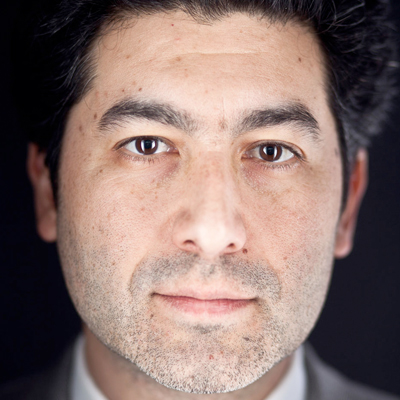Hearing the stars sing to find earth-like worlds
Imagine out in space that there are other Earth-like planets where human life is a possibility and in fact, other life forms we have never seen before exist. For many, this thought experiment feels like a science fiction daydream however, Dr. Keivan Stassun, of Vanderbilt University, is a leader in the search for such Earth-like planets. Ultimately, he and his team are hoping to discover if our Earth is unique in the galaxy or if there are other earths out there. In addition he hopes to understand the many properties that set planets apart from one another. Perhaps most unique about his team, in addition, to their incredible research questions, is their strong focus on neurodiversity. By placing a strong emphasis on educating research assistants that are on the autism spectrum, Dr. Stassun is able to implement innovative tools that require the unrivaled data visualization abilities of individuals on the spectrum.
Dr. Stassun’s development of innovative tools for space exploration have identified him as a leader in the field. His technique, called “stellar flicker,” allows his team to accurately measure the age and size of a star simply by “hearing” the amount of high-frequency “hiss” in the light variations of the star, and in this way accurately determine the properties of any planet orbiting the star. Utilizing data from his telescope in South Africa as well as data from the NASA Kepler and TESS missions, Dr. Stassun expects to be able to fully extract the “stellar flicker” signals from the full dataset in the next five years. This will move his team one step closer to finding a handful of truly Earth-like systems!
Research includes:
-
Massive Data in Astronomy: The Vanderbilt Initiative in Data-intensive Astrophysics (VIDA) was created to utilize massive datasets in astronomy to discover other Earth-like worlds through the development of novel algorithms that allow Dr. Stassun and his team to detect faint signals of planets in the light variations of stars, and to use those light variations themselves to establish the physical properties of the stars and of the planets that orbit them.
-
Planet’s Chemical Compositions: Dr. Stassun and his team have studied the detailed chemical compositions of the planets and their host stars, through which they are beginning to understand that many or most rocky planets that may initially be formed around a star end up being "eaten" by the star. Therefore, the question of whether there are other Earth-like worlds around a given star really comes down to a "survival of the fittest" in which perhaps only one of the initial "litter" of planets ultimately survives. To develop these techniques, Dr. Stassun is involving a "neurodiverse" team that includes individuals with autism spectrum disorders to help create data visualization tools that permit new ways of "seeing and hearing" the data.
Bio
Dr. Stassun is motivated by one of the greatest quests of our time: to discover other worlds like Earth and to understand at last whether we are alone in the Universe. As a father of two active sons, with one son that is on the autistic spectrum, Dr. Stassun became incredibly motivated to tap more fully into human diversity -- including neurodiversity-- to propel scientific discovery. Therefore, in his own lab, he diligently mentors Vanderbilt students that are also on the autism spectrum in the hopes of bringing such talent to the forefront of science.
In his free time, aside from research, Dr. Stassun enjoys playing volleyball. When not on the courts, or with his family, he can also be found at meetings organized by the Society of Ordained Scientists which is an organization that seeks to engage scientists in conversations that include religion and ministry.
Website: http://astro.phy.vanderbilt.edu/~stassuk/

